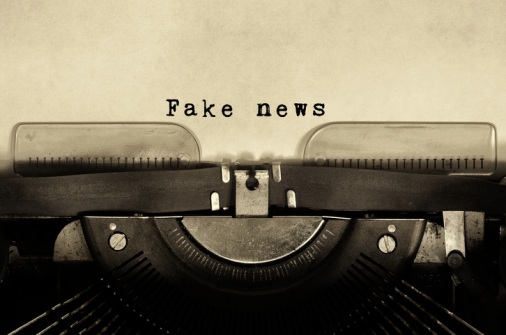How to identify disinformation around COVID-19

During times of crisis, the growing demand for information and clarity creates opportunities for spreading disinformation. As the demand for reliable and regular information outstrips the supply of guidance and advice by national authorities, the gap is filled by other, unofficial and unverified, sources of information.
To combat disinformation campaigns, governments can streamline their provision of regular and clear information to the public and invest in boosting media literacy among the population. For businesses, strengthening capacity to verify and authenticate information will be critical.
To support this effort, global risk and intelligence consultancy S-RM has put together six tips for identifying disinformation in the news and social media:
1. Verify the publisher
Disinformation is published primarily by sources with no strict editorial oversight and low fact-checking standards, and by outlets funded by foreign governments.
Look at the publication’s About page, or research them online, to understand who owns/funds it or whether they have an underlying agenda.
2. Interrogate the sharing platform
Disinformation on COVID-19 often spreads through social media platforms and messengers such as Facebook, Twitter, and WhatsApp.
Some social media profiles spreading disinformation may mimic accounts of legitimate news sources, while others present themselves as regular individuals possessing “secret knowledge”.
If the profile was created recently, its posts appear to cover similar topics, and it lacks followers or other real human interactions, it is likely to be a bot.
3. Check citations
A prominent hallmark of disinformation is the lack of legitimate sources.
While reputable media outlets will quote well-established institutions such as the World Health Organization, disinformation campaigns avoid citing sources completely, or quote seemingly legitimate, though vague and unspecified, sources.
Examples of vague sources found in COVID-19 reporting include “doctors from Wuhan”, “Taiwan experts”, or “Stanford Hospital board”.
4. Look for other coverage
An indication of possible disinformation is surprising, controversial, or upsetting content, which does not appear to be available on other, well-established and credible, websites.
The controversial nature of this kind of disinformation increases the likelihood of it being shared by the reader, especially if it is in line with the reader’s pre-existing beliefs.
5. Read beyond the headline
Articles containing disinformation often use misleading and / or sensationalist headings to attract more readers.
If you then engage with the body of the content, you are likely to find further speculations indicating that the information in the heading is not necessarily verified.
6. A good, old-fashioned proof-read
Poor spelling and grammar and a sensationalist style are more characteristic of disinformation.
Multiple spelling mistakes, low standards of English, an overly dramatic style of writing, or frequent use of capital letters to emphasize the importance of certain statements all indicate that media outlets using such methods are likely to publish disinformation.
Authored by AXA XL
About AXA XL
AXA XL is the P&C and specialty risk division of AXA which provides property, casualty, professional and speciality products to industrial, commercial and professional firms, insurance companies and other enterprises, here in the UK and throughout the world. With underwriting teams based in the US, UK, EMEA and Asia Pacific regions, we can make decisions close to the markets you serve and work with you to tailor cover to your business needs.
We help businesses adapt and thrive amidst change. Rather than just paying covered claims when things go wrong, we go beyond protection into prevention so your business can go beyond the unexpected.

